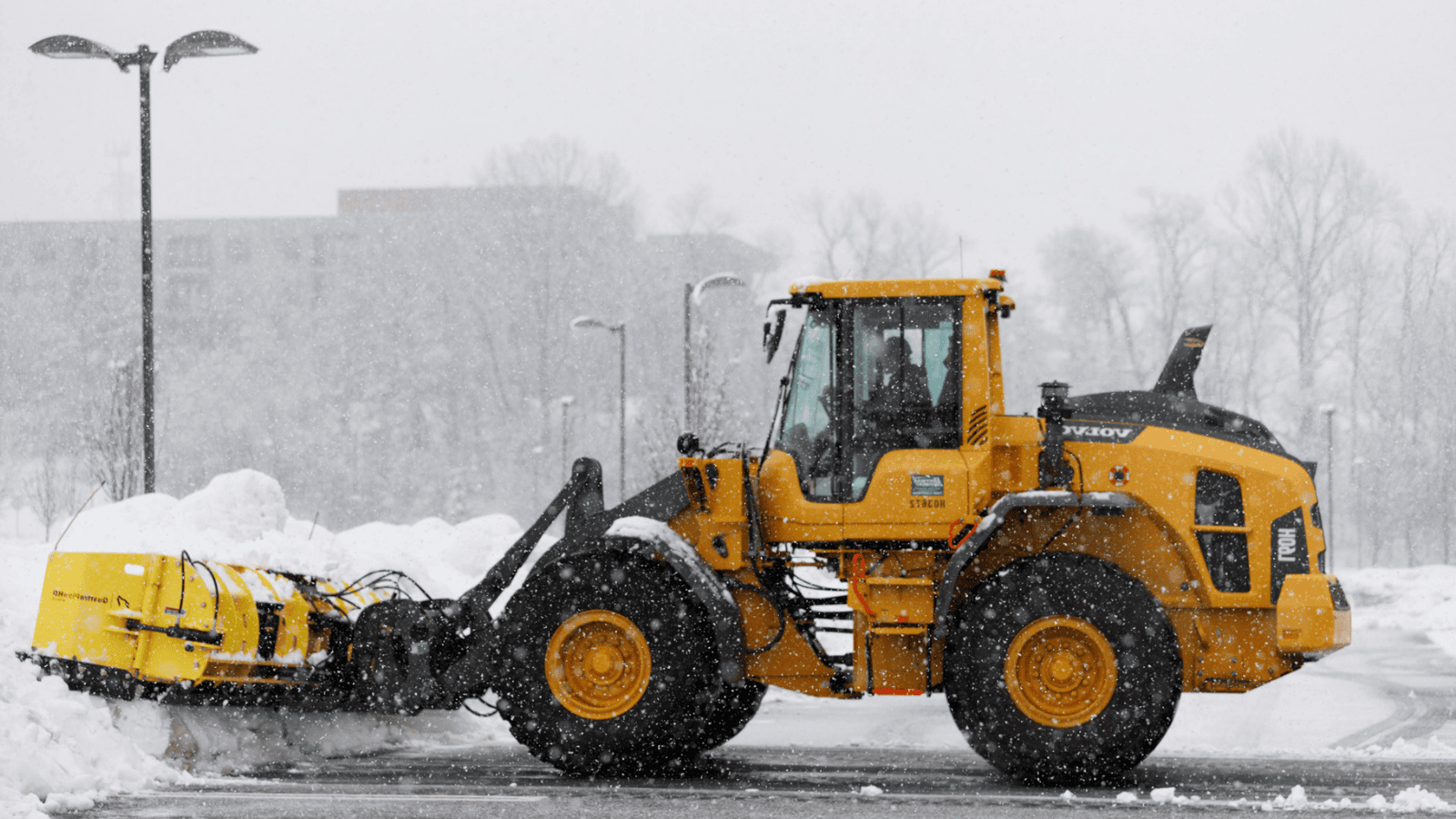Best Practices for Snow Stacking, Hauling, and Managing Salt Runoff
Best Practices for Snow Stacking, Hauling, and Managing Salt Runoff
12.02.2024
Working on commercial sites during the winter comes with unique challenges. It’s not just about clearing snow; it’s about keeping everyone safe, maintaining easy access, and protecting the environment. Poor snow stacking and hauling practices can lead to icy walkways, blocked views, and even damage to nearby ecosystems. That’s why it’s so important for snow removal professionals to follow a few key best practices to get the job done right.

1. Stack Snow in the Right Places
Where you stack snow matters. Always pile it in areas where melting snow won’t flow back onto walkways or parking lots, creating icy hazards. Look for spots with good drainage to keep meltwater from pooling or refreezing where people walk or drive. A little planning upfront can prevent big safety issues later.
2. Keep Snow Piles Manageable
Huge snow piles might look impressive, but they can also be unstable and dangerous. Keep piles at a safe height to avoid collapses and make sure they don’t block visibility for drivers or pedestrians. If snowfall is heavy, you may need to redistribute or break down piles to keep everything under control.
3. Haul Snow to Approved Sites
When it’s time to haul snow off-site, make sure you’re taking it to an approved dump location. These sites are designed to handle large volumes of snow and manage the meltwater safely. Never dump snow near water sources—it’s often loaded with salt and debris that can harm local ecosystems. Proper disposal isn’t just good practice; it’s the responsible thing to do.
4. Store Salt the Right Way
Salt runoff can be a major problem for the environment. To prevent this, store your salt on an impermeable surface, like concrete or asphalt, and keep it covered to protect it from rain or snow. Proper storage not only helps the environment but also keeps your salt effective when you need it most.
5. Use Deicing Agents Wisely
Deicing agents are a great tool, but they should be used carefully. Overdoing it can harm plants, soil, and water systems around your site. Stick to recommended application rates and make sure your equipment is calibrated to spread it evenly. This ensures safety without causing unnecessary damage.
Snow removal on commercial sites isn’t just about clearing a path—it’s about doing it safely, effectively, and responsibly. By stacking snow in the right places, keeping piles manageable, hauling snow to approved sites, storing salt correctly, and using deicers wisely, you can provide top-notch service while protecting the environment. With a little care and planning, you can make a big difference for your clients and the communities you serve.
